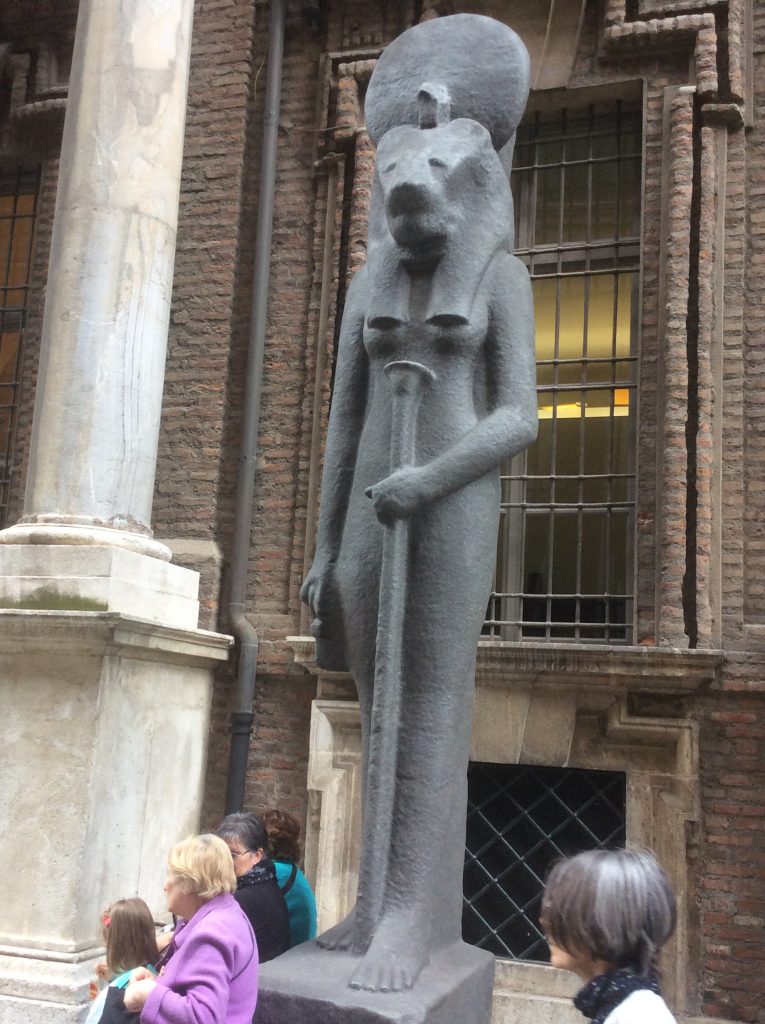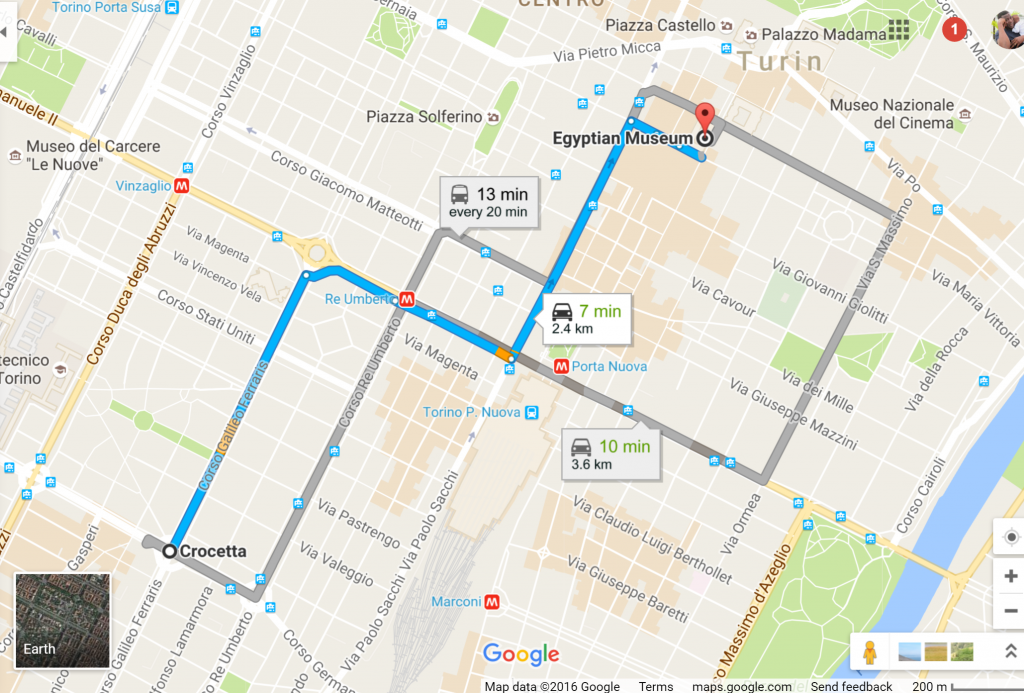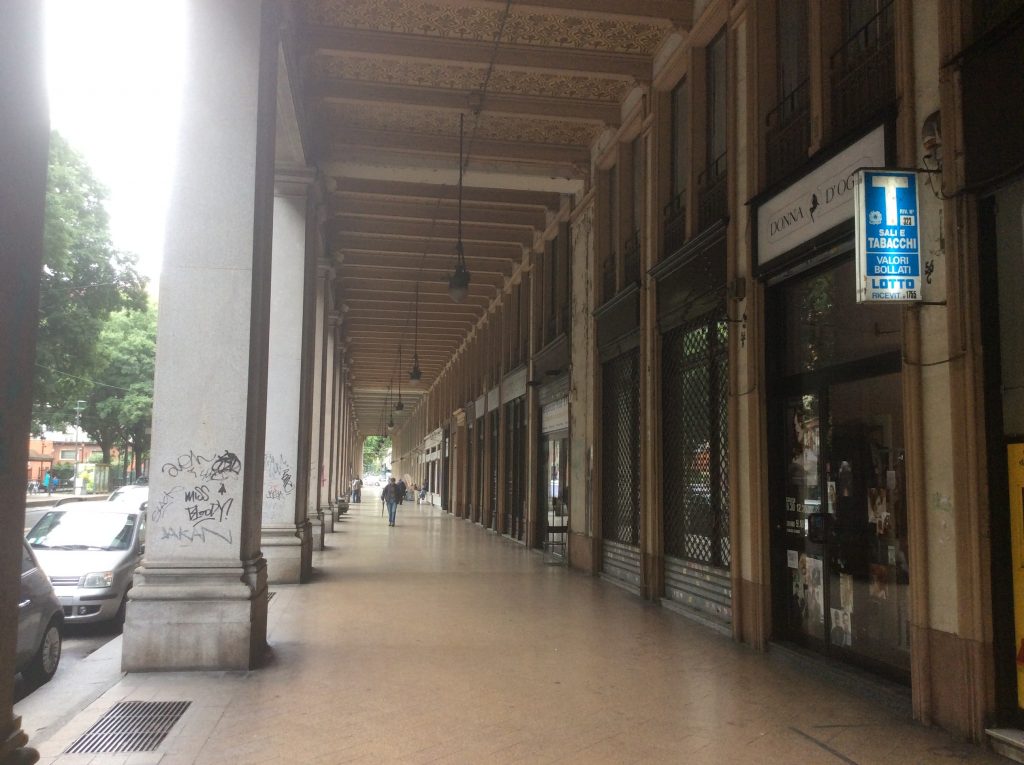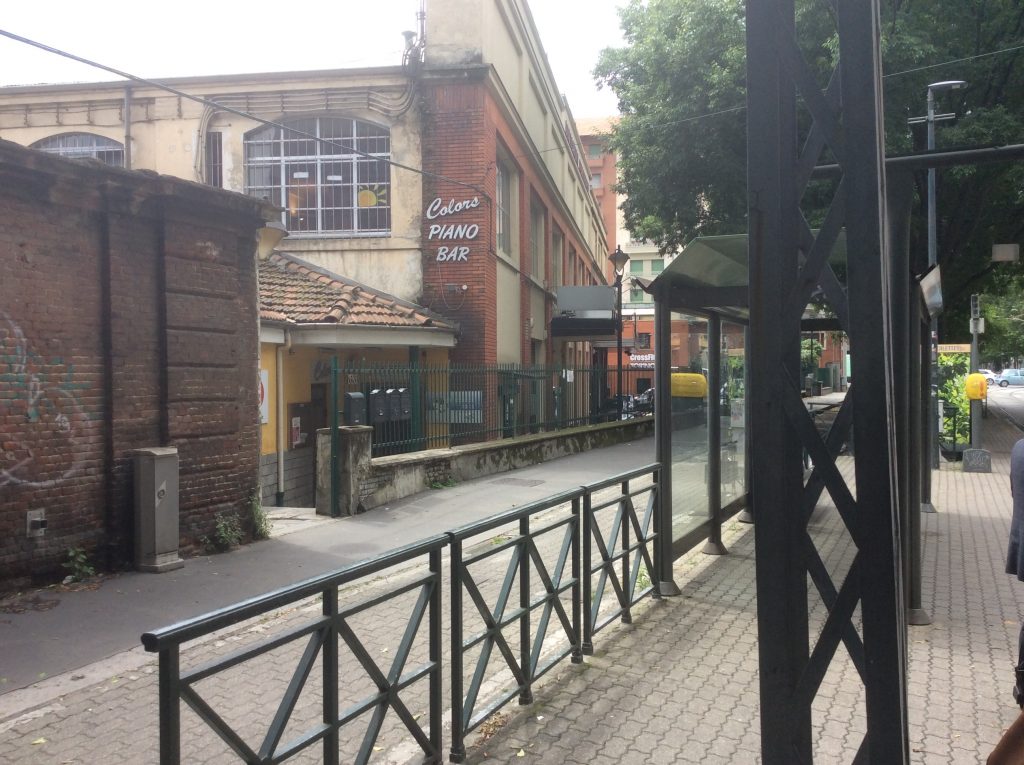Getting to the Egyptian Museum from central Turin was supposed to be straightforward, but the mapping of someone else’s city always looks easy on paper. What we planned, the five of us cramped excitedly into a small car in pursuit of the mysteries of the Torino archaeological museum, was to get ourselves into the city center, disembark, and then take one of the numerous city trams towards the museum itself. Simple enough. In reality, when we landed at Crocetta – which isn’t the city centre as much, but just slightly south of it, a few of us needed cash from the ATM machine, some needed a smoke, all of us were hungry, and time was ticking. Two members of the group had a plane to catch in a few hours.
The first impression of Crocetta isn’t notable, perhaps because the town wears a garb of normalcy that seemed out of place for some reason. But reading later that it is one of the most prestigious neighbourhoods in Turin puts that atmosphere in context. One thing I remember is how tall the buildings were and how much they seemed to extend into each other, with long corridors that stretched as far as the eyes could see. I realised, eventually, that this isn’t a localised phenomenon but an Italian thing. Not just the buildings, by the way, but the roads too. Inspired by the military strategies of the Roman empire, most streets and buildings were built in such straight lines as to allow an observer to see as far ahead as possible from one location.
The ride to the museum was as bumpy as most tram rides are, and sufficiently contrastive with both the earlier ride in a private vehicle and a typical city commute in another familiar city many thousands of miles away. A recurring thought in the traveller’s head in moments like this is the extent of work that would be needed to modernise a city like Lagos to this level of infrastructural development. A tram, after all, is just a fancy name for a longer-than-usual bus that runs on a designated track and with electricity. A weightier matter on the mind was something of far greater significance that had happened just a few days prior: I’d lost my younger sister in Lagos to preventable maternal mortality and the Nigerian healthcare system. Every opportunity for interaction with things signifying of the continuation of life seemed satisfying enough even in their imperfection.
It makes sense now, everything already said about loss and the perspective it brings. Being far away from the scene of grief, where nothing was ever going to remain as they were, was no consolation, and certainly no relief. So, going through the halls of the Egyptian Museum, travelling into the past where death and renewal were matters of natural law and importance only provided temporary but welcome succor. Sarcophagus, scrolls, mummified remains from hundreds of years ago still remaining intact in their exhibition cases spoke to far more than the ability of humans to preserve that which is no longer practically immediately useful, but also to the value of that pursuit itself, capable of revealing (or ennobling) something more about ourselves than about those already dead.
With over 30,000 artifacts, I often wondered how long it took to excavate much of the work currently exhibited in the museum. The first item received, according to Wikipedia, arrived almost 400 years ago. A more awe-inspiring question is about how much more of these types of work with spiritual-artistic significance from that ancient civilization is still left buried under the many ruins in today’s Egypt, and how much more they may still inspire us. And also, a little unnerving, what chance of survival would many of them have had they been left in their homeland rather than having been transported over the distance into this beautiful place in Turin. Perhaps many of these gods are glad to have been saved from the fanatic distress currently sweeping through the Middle East.

The ride back to Crocetta was, perhaps, slightly more animated than introspective, as the aftermath of spending two hours staring through enchanting history. We had plenty to talk about, gifts purchased at the gift shop to compare, and promises to make that we would return here at a later date for a more thorough exploration of an exhibition that couldn’t possibly be properly enjoyed in less than two hours. Then we alighted from the tram and couldn’t find our car. We had got down at the wrong stop. Ten to fifteen minutes later, we found the car parked safely where we’d left it, at a location similar to all the other spots on all the other similarly-looking streets we’d had to walk through, sometimes terrified of staring groups of strangers, and sometimes nervous about LS and her daughter missing their flight.
Having a street with so similarly-looking blocks of buildings, with very few (to a stranger) landmarks to help navigate, it turns out, had its negatives.






No Comments to Through Crocetta so far. (RSS Feeds for comments in this post)
No one has commented so far, be the first one to comment!